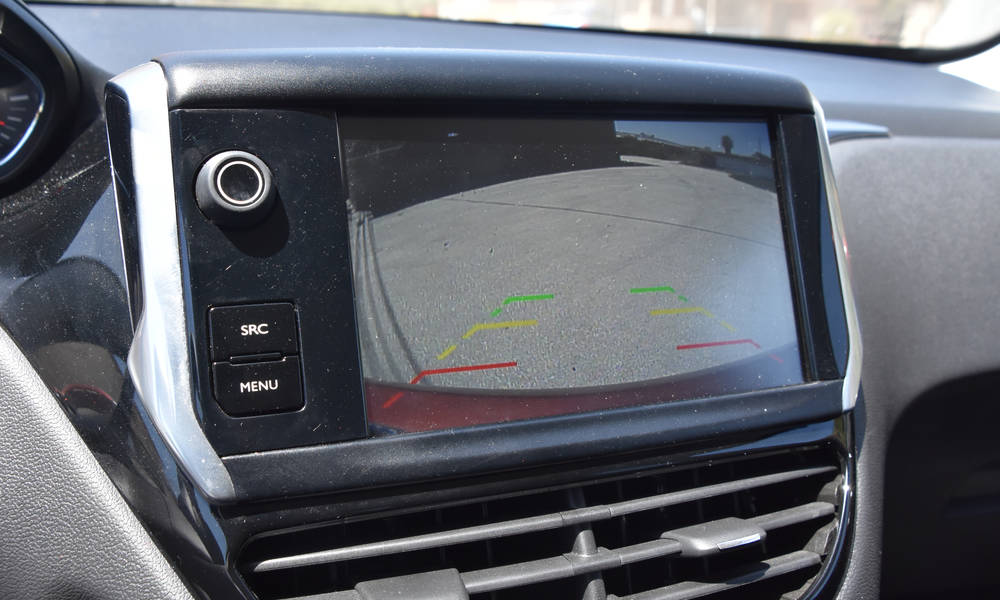
The Advocacy Battle Behind Rearview Cameras in Cars
Tragic "backover" accidents involving young children gave advocacy groups a reason to push for a law requiring the use of rearview cameras. This week, federal regulations will require the devices in every new car on the road—a decade after the law was passed.
In recent years, the rearview camera has become a fundamental safety feature in many, but not all, new cars. Starting this week, every car sold in the U.S. will have that feature, thanks to federal rules that just took effect.
The requirement is the product of a long battle by safety advocates from a variety of nonprofit organizations.
The story starts in 2002, when a doctor named Greg Gulbransen was backing up his SUV in his driveway, not realizing his 2-year-old son, Cameron, was directly behind the vehicle. The boy was killed, and the Gulbransen tragedy and others like it became a rallying point for change. Similar accidents once occurred with surprising frequency: According to 2008 statistics from the National Highway Traffic Safety Administration, backover incidents killed 292 people annually and injured 18,000 others.
“I’m a pediatrician, I baby-proof my house, I go out of my way to make sure children are safe and healthy,” Gulbransen said in a recent interview with WABC. “And it happened to me? OK, guess what? It can happen to anybody. So use my example. I own it, I took responsibility, here it is. Let’s channel our grief and get something productive done out of it.”
In 2008—with the support of organizations such as KidsAndCars.org, Advocates for Highway and Auto Safety, and Consumers Union—Congress passed The Cameron Gulbransen Kids Transportation Safety Act, which, among other things, required new vehicles to include rearview cameras as standard equipment.
But regulations to implement the law were slow in coming. In 2013, Gulbransen and other plaintiffs filed a lawsuit against the Transportation Department over the delay. The legal pressure worked, and the next year, the National Highway Traffic Safety Administration issued a formal rule requiring all vehicles that weigh less than 10,000 pounds, with the exception of motorcycles, to have rearview cameras. The rule established a two-year phase in schedule, with the requirement applying to all new vehicles beginning May 1, 2018.
“It took a long time, and sadly, along that journey, we had more families joining us in our fight because they had lost their children while knowing there is this preventable technology,” Cathy Chase, president of Advocates for Highway and Auto Safety, told the Los Angeles Times. “It’s heartbreaking.”
Janette Fennell, founder and president of KidsAndCars.org, had a more optimistic take.
“This measure will save countless lives, especially of children,” she said in a news release. “It is the first federal regulation for rear visibility in our nation’s history. It doesn’t matter where on earth a vehicle is manufactured—all passenger vehicles sold or leased in the U.S. will now be equipped with a rearview camera as standard equipment.”
(tzahiV/iStock/Getty Images Plus)






Comments